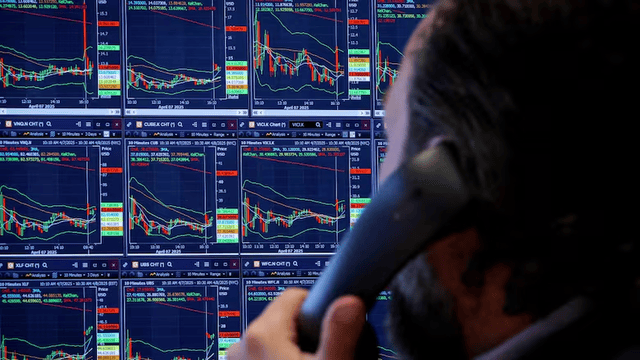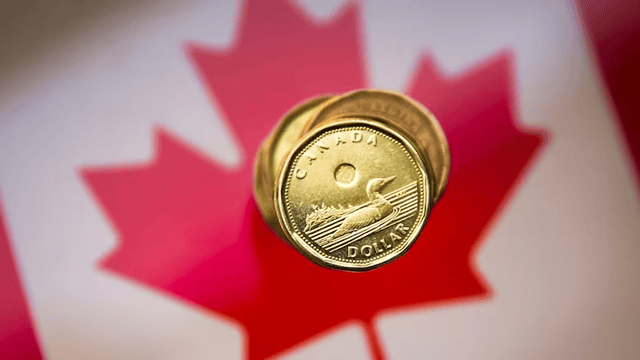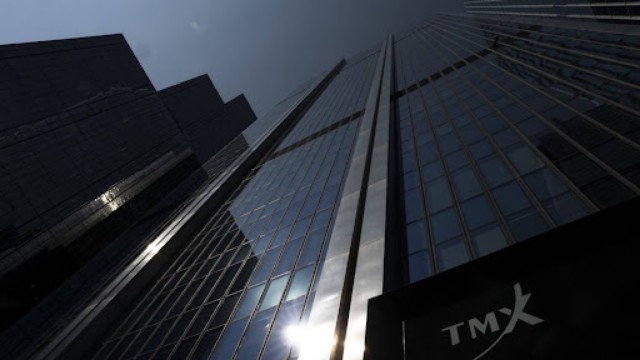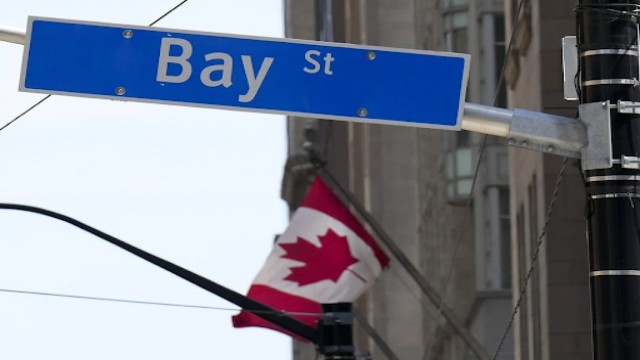
Interior Secretary Deb Haaland speaks at the National Geographic Society in Washington, Friday, March 3, 2023. Oil and gas companies will have to pay more to drill on public lands and satisfy stronger requirements to clean up old or abandoned wells under a final rule issued Friday, April 12, 2024, by the Biden administration. The Interior Department rule does not go so far as to prohibit new oil and gas leasing on public lands, as many environmental groups have urged and as President Joe Biden promised during the 2020 campaign
The Biden administration has finalized a new rule requiring oil and gas companies to pay higher fees for drilling on federal lands and to meet stricter cleanup requirements for old or abandoned wells. This rule marks a significant departure from previous policies, signaling a shift towards balancing environmental concerns with economic interests.
Under this rule, the Interior Department has increased royalty rates for oil drilling to 16.67%, up from the longstanding rate of 12.5%. This adjustment aligns with the climate law passed by Congress in 2022. Unlike the fixed rate in place for a century, the new rate now mirrors rates charged by many states and private landowners for drilling leases.
Despite calls from environmental groups and promises made during President Biden's campaign, the rule does not outright ban new oil and gas leasing on federal lands. Instead, it aims to improve the leasing process, ensuring better returns for taxpayers while concentrating drilling in areas with existing infrastructure and high potential for reserves.
Additionally, the rule raises the minimum leasing bond required from energy companies to $150,000, a significant increase from the previous $10,000 established over 60 years ago. This adjustment aims to hold energy companies accountable for cleaning up drilling sites post-extraction or capping abandoned wells.
The new rule incorporates provisions from recent climate and infrastructure laws, as well as recommendations from a 2021 Interior Department report. Interior Secretary Deb Haaland emphasized these reforms as crucial for reducing speculation, increasing public returns, and shielding taxpayers from environmental cleanup costs.
Notably, the higher royalty rate, mandated by the climate law until August 2032, is projected to cost oil and gas companies an estimated $1.8 billion over that period. The American Petroleum Institute is reviewing the rule, expressing concerns about maintaining access to federal resources for energy security and economic stability.
Environmental groups view the rule change as a step towards holding energy companies accountable for their use of public lands. They applaud the move as a long-overdue correction to subsidies benefiting the fossil fuel industry. However, some groups criticize the administration for not directly addressing the climate crisis by setting a timeline for phasing out drilling on public lands.
A significant aspect of the new rule is the adjustment to bonding rates, which were deemed inadequate to cover cleanup costs for old drilling sites. This move aims to prevent taxpayers from bearing the burden of environmental reclamation for orphaned wells, which pose safety hazards and environmental risks.
The Interior Department has allocated over $1 billion in the past two years to clean up orphaned oil and gas wells on public lands. The new rule seeks to prevent future taxpayer burdens by ensuring energy companies cover cleanup costs.
Bureau of Land Management Director Tracy Stone-Manning emphasizes the rule's role in protecting critical habitats, cultural sites, and recreational areas while ensuring fair returns for taxpayers. However, opinions on the rule remain divided among lawmakers, with Democrats viewing it as a necessary step to hold oil and gas companies accountable, while Republicans argue it imposes unfair costs, potentially leading to reduced drilling and job losses.















